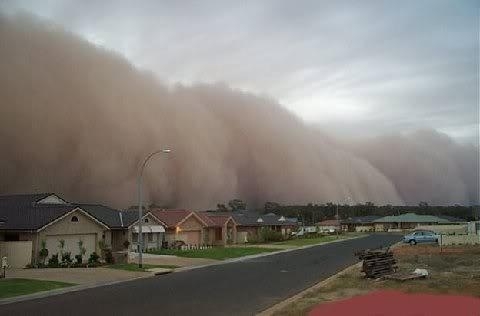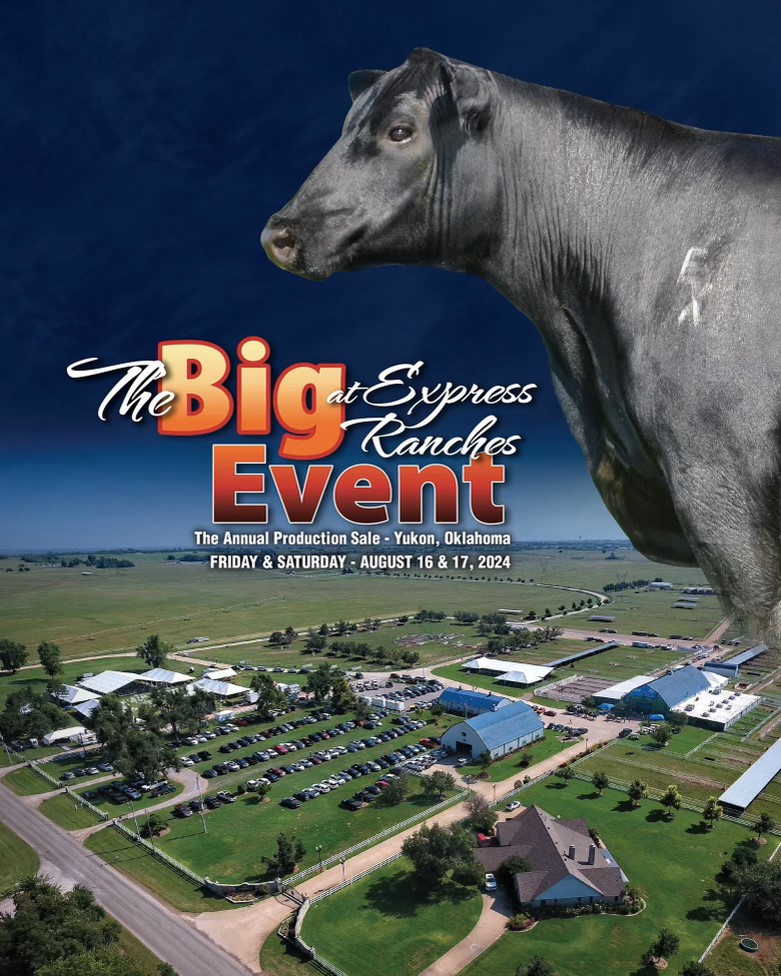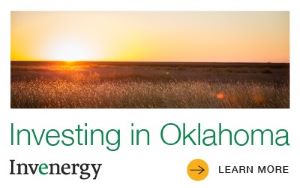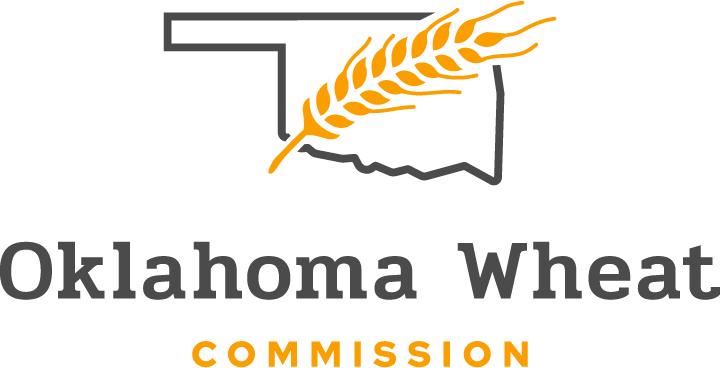
Agricultural News
Lubbock Dust Storm of This Week a Reminder of the Need for Conservation Investment in 2012 Farm Bill
Fri, 21 Oct 2011 02:00:05 CDT
 A dust storm reminiscent of those which plagued the southern plains of the United States during the Dust Bowl of the 1930s that struck Lubbock, Texas, this week should serve as a reminder of the importance of state and federal conservation programs according to Joe Parker, president of the Oklahoma Association of Conservation Districts (OACD).
A dust storm reminiscent of those which plagued the southern plains of the United States during the Dust Bowl of the 1930s that struck Lubbock, Texas, this week should serve as a reminder of the importance of state and federal conservation programs according to Joe Parker, president of the Oklahoma Association of Conservation Districts (OACD).
"The massive dust storm that hit Lubbock, Texas, on October 17 ironically happened on the same day that the leaders of the U.S. House and Senate Agriculture Committees announced their willingness to reduce federal Farm Bill Progra ms, including Conservation programs, by over $23 billion as part of the effort to balance the federal budget," Parker said. "While it's true we all need to do our part to help put our fiscal house in order, this storm should show why these cuts can't all come from conservation and why it's important that we keep a focus on natural resource protection on working farm and ranch land unless we want to see a new Dust Bowl."
On October 17, a massive dust storm started in the far southwest Texas panhandle along the edge of a cold front that moved south toward Lubbock at approximately 55 mph. The storm reached Lubbock at 5:30 p.m. and took roughly 30 minutes to blow through the city. At the height of the storm, visibility ranged from a quarter-mile to near-zero for 40 minutes at Lubbock Preston Smith International Airport. Reports from the National Weather Service said winds gusts as high as 60 to 65 miles per hour were recorded. (picture here is of Massive dust storm as it rolls into Lubbock, Texas, on October 17, 2011. (Viewer-submitted photo from KCBD-TV Lubbock website.)
According to OACD's Executive Director Clay Pope, this storm should send a message to policy makers and agriculture producers alike we have to stay focused on working lands conservation.
"Whether its policy makers ensuring that conservation programs are available and funded or farmers and ranchers practicing good stewardship on their land, we all have to remember the importance of natural resource conservation," Pope said. "Earlier this spring we started telling producers to be careful about how they farmed this summer and for the most part, we have maintained the strong conservation track record that goes all the way back to the 1930s. This dust storm in Lubbock should help remind us, however, that the work of soil conservation and all natural resource protection is never done. We can be proud of the fact that we don't have dust storms sweeping across the country all the way to the east coast like we did in the 1930s, but if we cut corners on the farm or if policy makers in Washington, D.C., gut conservation programs, it can happen again. It's been said that those who fail to learn from the mistakes of the past are doomed to repeat them in the future. Let's make sure that doesn't apply to the United States when it comes to conservation."
Farm Director Ron Hays and Pope visited about the fragile state of our topsoil in the state of Oklahoma- and you can hear that full conversation by clicking on the LISTEN BAR below.
WebReadyTM Powered by WireReady® NSI
Top Agricultural News
More Headlines...




















